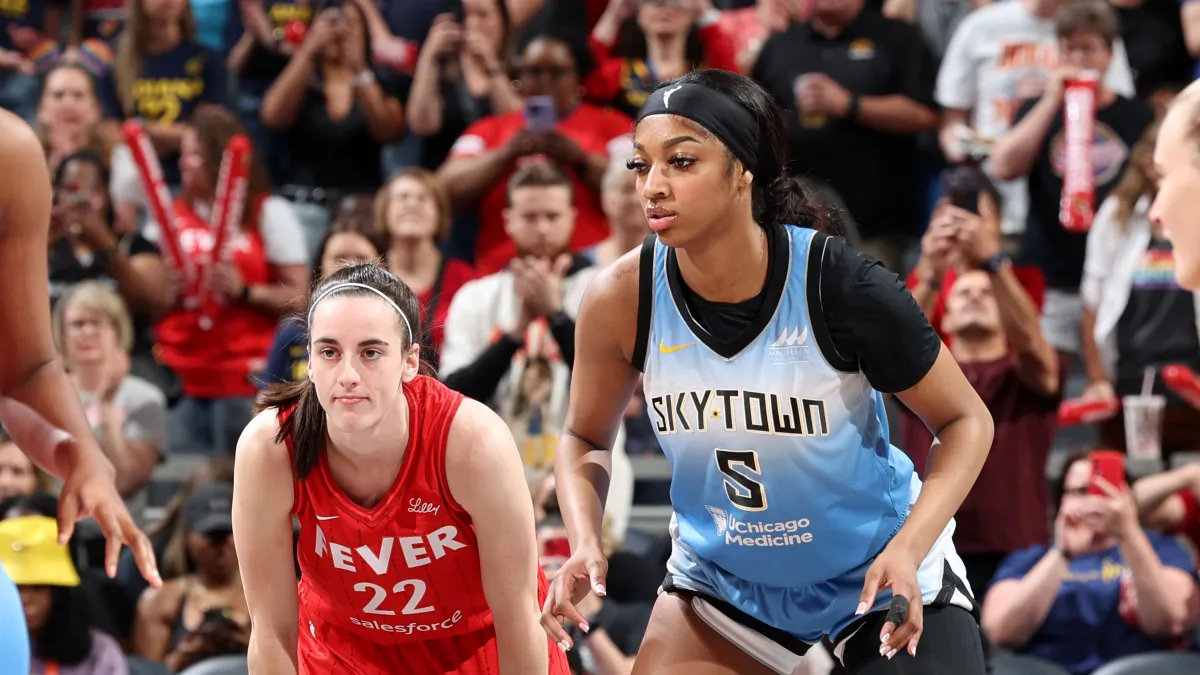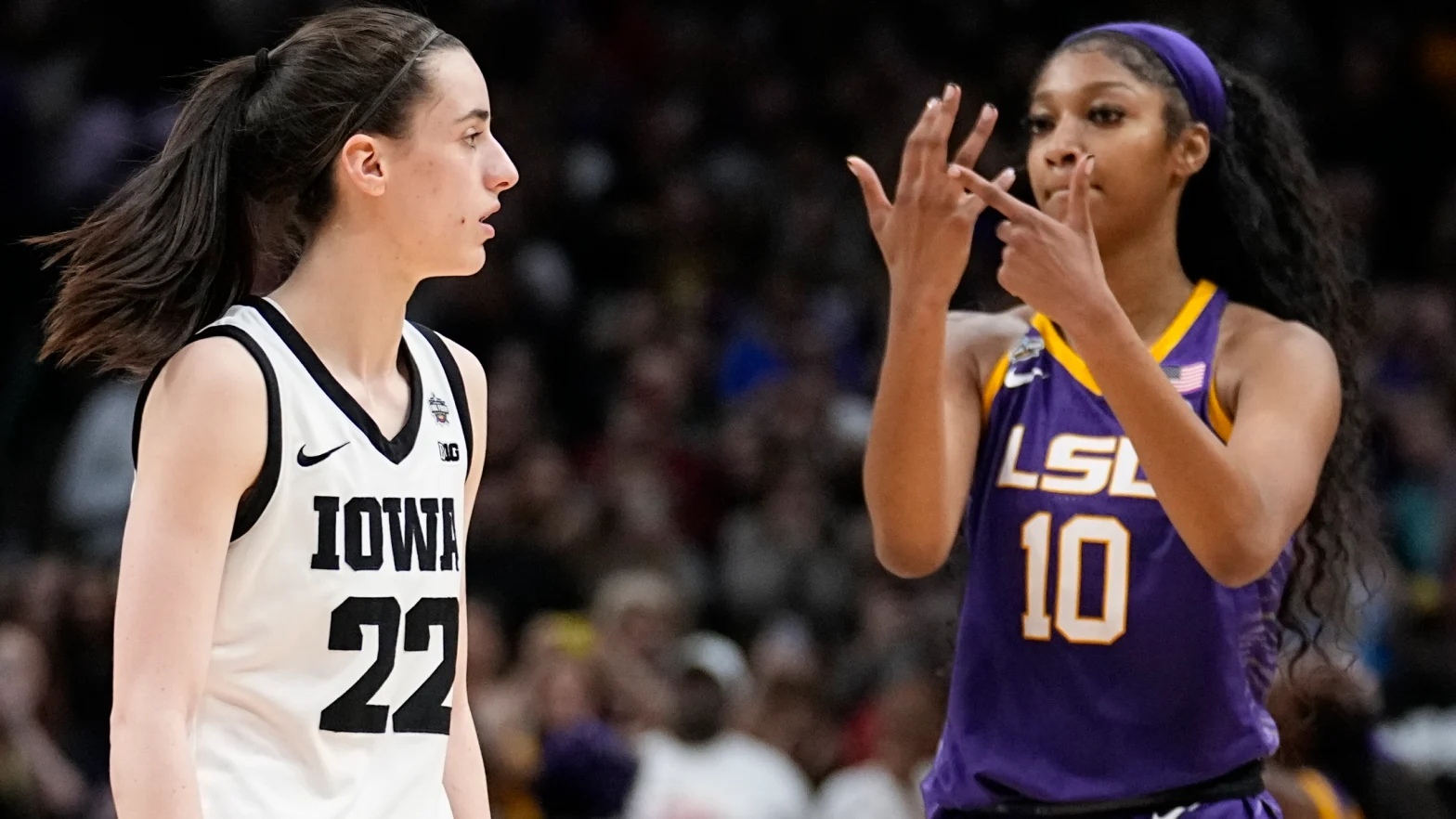The WNBA is undergoing an era of remarkable growth, largely driven by the standout performances of rookie stars Caitlin Clark and Angel Reese. Their impact has been significant in setting new records for the league, with unprecedented increases in attendance, viewership, and merchandise sales. This growth highlights a period of enhanced visibility and success for the WNBA, marking a new chapter in its evolution.
Despite this success, WNBA players continue to earn relatively modest salaries compared to their NBA counterparts. For example, rookies Clark and Reese earn around $76,000 and $74,000 respectively, while established players like Brionna Jones make about $212,000. These figures reveal a substantial gap in earnings between the two leagues, reflecting ongoing disparities in compensation.

The financial prospects for the WNBA are improving, with a new 11-year media rights deal valued at $2.2 billion signed with major broadcasters such as Disney, Amazon Prime, and NBCUniversal. This agreement, set to begin in 2026, represents a significant increase from the current $60 million annual deal. Additionally, the league’s planned expansion with three new teams is expected to further enhance its revenue and overall value.
Despite these advancements, many WNBA players still seek additional income by playing overseas during the league’s off-season. For instance, Brionna Jones plays in Europe to supplement her earnings, highlighting the financial pressures faced by players. The current collective bargaining agreement (CBA) with the players’ union, which is in effect through 2027, may be subject to renegotiation if either side opts out this November.
Commissioner Cathy Engelbert has taken steps to address player compensation by introducing initiatives like charter flights and increased playoff bonuses. While these measures represent progress, the ongoing financial challenges and lower salaries underscore the gap between the league’s success and its economic rewards. Nonetheless, there is optimism within the WNBA that player salaries will eventually rise in line with the league’s growing success and secure a better future for its athletes.
